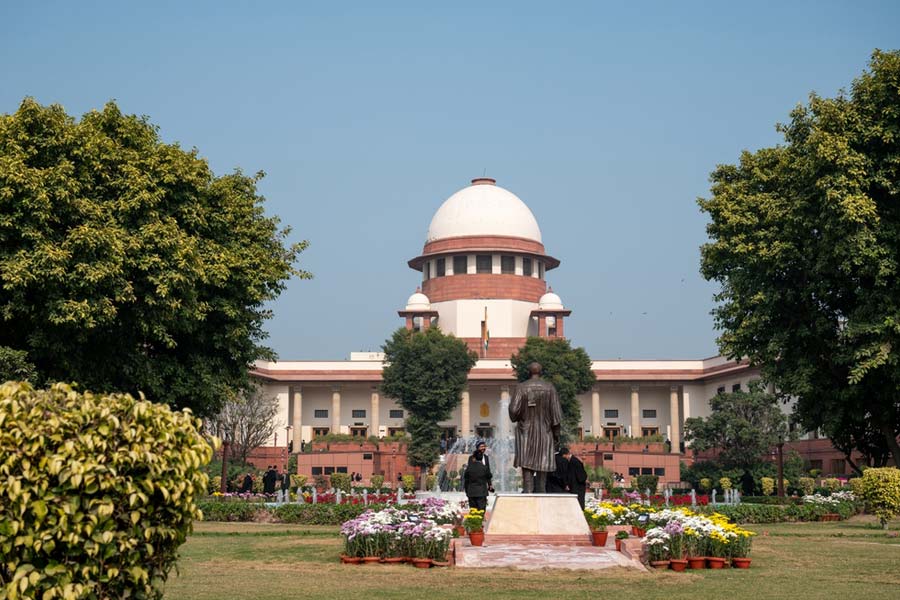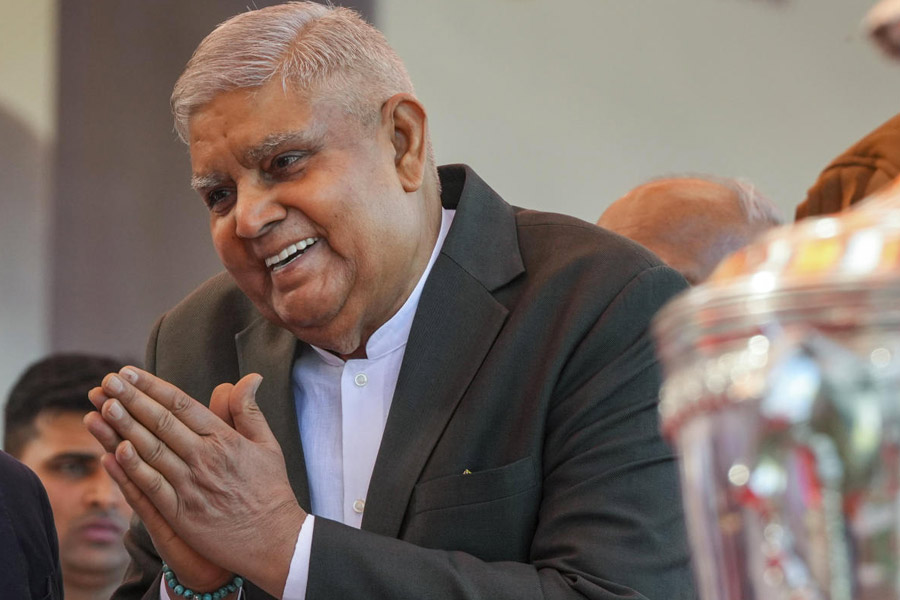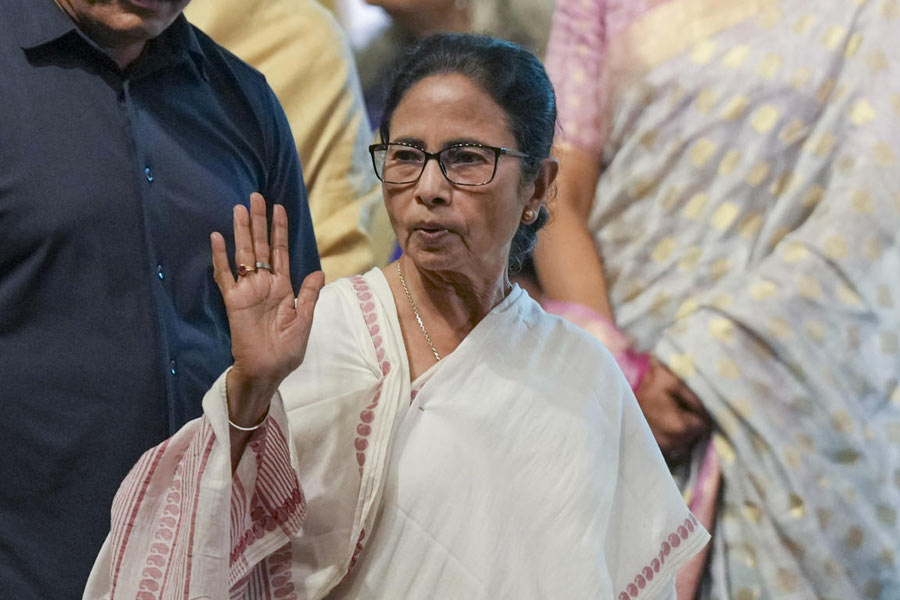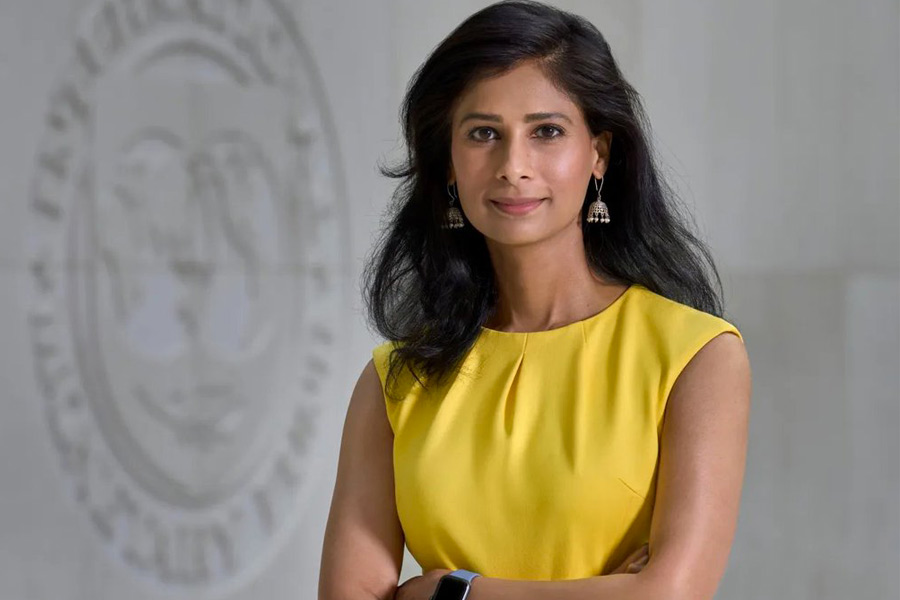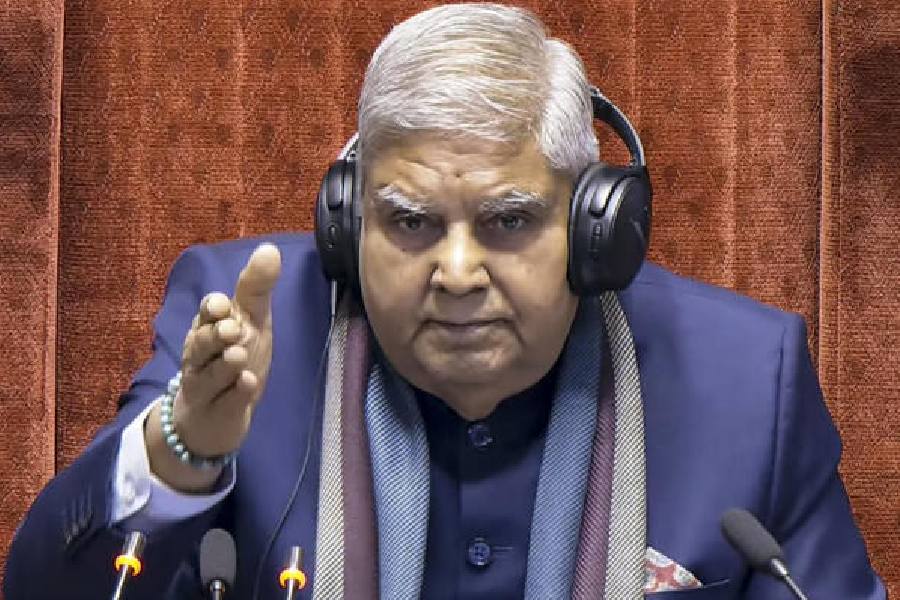|
|
| Still from Satyajit Ray’s Charulata |
Love in South Asia: A cultural History
Edited by Francesca Orsini, Cambridge, Rs 550
“Is it possible to write a history of love?” Philippe Ariès and George Duby had asked in A History of Private Life (1987-88). Without taking away the ingenuity of this question, it seems important to consider whether such a history is necessary at all. Could it not be argued that the complete works of Shakespeare, the poems of Rabindranath Tagore, or Marcel Proust’s magisterial novel, as well as many other “literary” works, offer a more comprehensive “history of love” than any historical narrative can aspire to?
Yet, it is not just the vanity of postmodern academia that produces volumes such as these, intended to record a history of emotions that appear to be “notoriously intractable to analytical discussion”. The humanities should be, literally speaking, concerned with studia humanitatis or “studies in man and the nature of man”, confronting the mysteries of the human condition. Love is certainly one of these mysteries, that now, thanks to modern critical theory, with its formidable sophistication and methodological rigour, has been demystified, explained and “historicized”.
But “love” in the time of critical theory comes between inverted commas, italicized, “de-scribed” and “pre-scribed”. Within today’s academia, memorably described by an insider as “the teaching machine”, love does find alteration. It becomes a “reflexive problematic” and a “performance grammar”; it is defined by “norms of comportment” and “significant stories”; it is even “emplotted” into narratives. A “history of emotions” written without self-awareness and humility — which are safeguards against the superciliousness fostered by a mindless preference for the obscure — is like Alice struggling with her garbled nursery rhymes in Wonderland.
Sudipta Kaviraj’s almost apologetic acknowledgement of the challenges of writing a history of the “intractable”, at the beginning of his essay on Tagore, comes as a caution against the allure of academic triumphalism. “It is eminently possible,” writes Kaviraj, “to write about love in a literary way; but difficult if not impossible to write about it analytically, with historical reliability and precision”. He suggests the possibility of writing a history of love “as a concept or language, as a social institution and as an artistic ideal”. These possibilities are also explored in this book.
Kaviraj analyses the historical shifts in the social registers of love in 19th century Bengali literature, how the meaning of love gradually evolved from shringara in Sanskrit poetry to prem in Bankimchandra Chatterjee and Tagore. His prefatory comments explain, with admirable lucidity, the limitations of a history of love and how to overcome them.
Ironically, the editor’s introduction is less specific about what she means by the study of the “idioms of love”. The intention of this volume, she seems to suggest, is to have the social history of love wedded to its literary history. This blending of different historical modes, crucial to the success of any cultural history, often upsets the rhythm of this book. The other problem is the sweeping (and false) claim of the title, of being a history of love in “South Asia”. On the very second page, this ambitious claim is restated: the focus of this book suddenly becomes “medieval and modern, and largely non-Hindu, non-Sanskritic and non-bhakti, north India”. Finally, Orsini should have explained that homosexual love would also be left out of this highly selective, and reductive, history of love. Except for fleeting references to homosocial and homoerotic desire in the Mughal mehfil, in Katherine Butler Brown’s uninspiring discussion of music and the discourses of love, there is no other mention of same-sex love in the book.
Apart from Sudipta Kaviraj on Tagore, Rachel Dwyer’s discussion on kissing, or the lack of it, in Hindi films, written elegantly with a sense of social realism, is informed by a lively intelligence. So is Perveez Mody’s account of “Kidnapping, elopement and abduction” in love-marriages in Delhi. Orsini’s contribution on “Love Letters” is delightfully readable, largely because of the extensive quotes from the “contemporary ‘footpath’ manuals of love letters”, which she studies to understand the sociology of modern, metropolitan love in India. Among the various ‘model’ letters — mostly for prospective lovers courting each other with marriage in mind — there are many variations. In these manuals may be found lurid solicitations from married bosses to nubile secretaries (“When time comes you can marry, if you so like, a man of your choice…and I shall bear all expenses”), haughty rebuffs from outraged ladies (“You are certainly a devil in disguise of a managing director”), and sensible proposals of marriage (“Mohini dearest…You have crossed 30. Please take a decision. Still I love you and ready to marry you”).
Muzaffar Alam and Sanjay Subrahmanyam’s account of the evolution of the myth of Nal-Damayanti is sensitive both to the social history within which it develops and the literary merits of the various versions. Jeevan Deol is equally deft in his analysis of the socio-historical contexts of the Punjabi Mirza-Sahiban cycle. Daud Ali’s discussion of courtly love and aristocratic households in early medieval India, using three Sanskrit ‘palace dramas’, is unevenly balanced between too much historical information and too little literary analysis. Ann Grodzins Gold’s careful examination of “prem” in the Ghatiyali region, near Ajmer in Rajasthan, is slightly overwritten, but interesting nonetheless. Kumkum Sangari on Qurratulain Hyder’s Aag ka Dariya (1959) and Anuradha Kapur on “Love in the time of Parsi theatre” are more absorbed in rhetorical antics than clarity of expression. Kapur, who seems to delight in italicizing words and phrases, has little to say about the sociological aspect of drama, particularly about the people who went to see the Parsi theatre, and how, if at all, their expectations shaped this dramatic form.
As much as being a history of love, this volume is also a history of academic re-inventions of, and invasions into, the “humane studies”. It should open out several possible areas of research. It remains to be seen, however, to what extent an intellectual history is able to reflect the complexities of human emotions, and succeed in making the ineffable the stuff of academic discourse.



